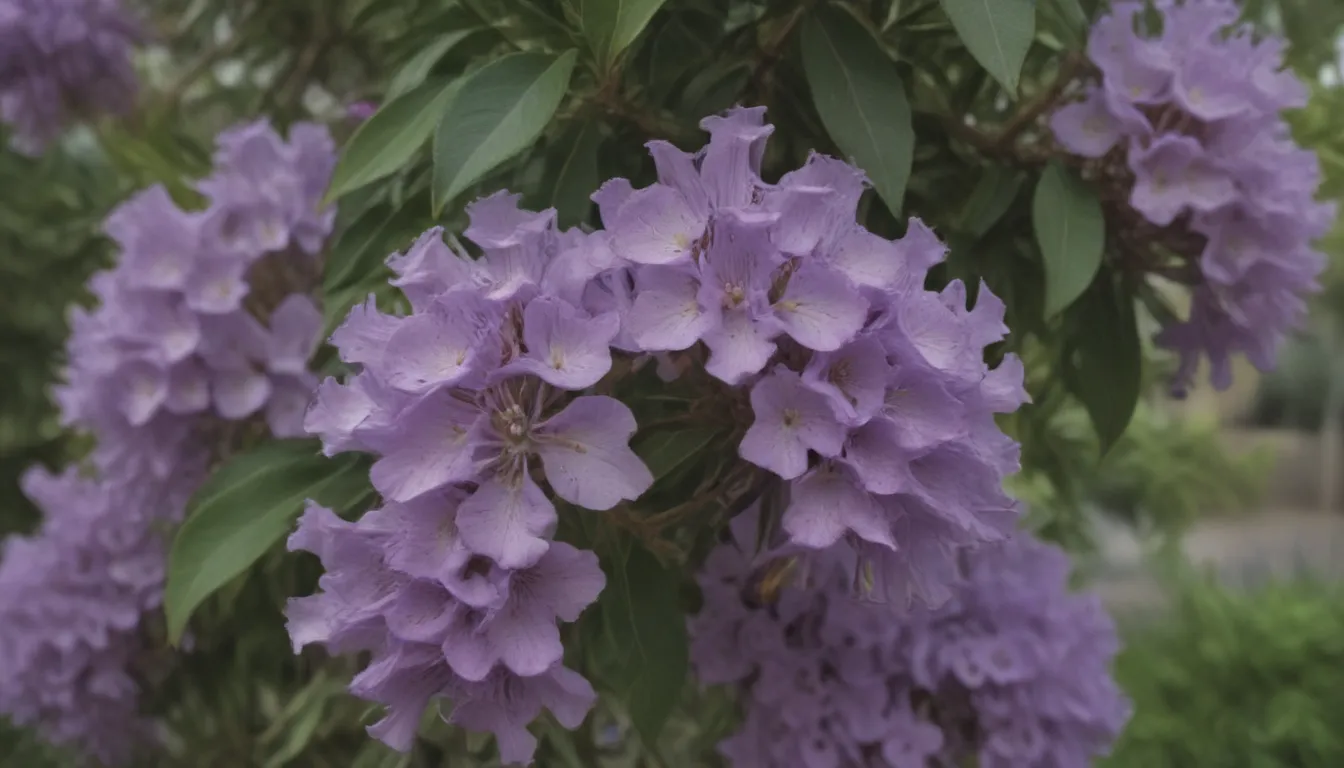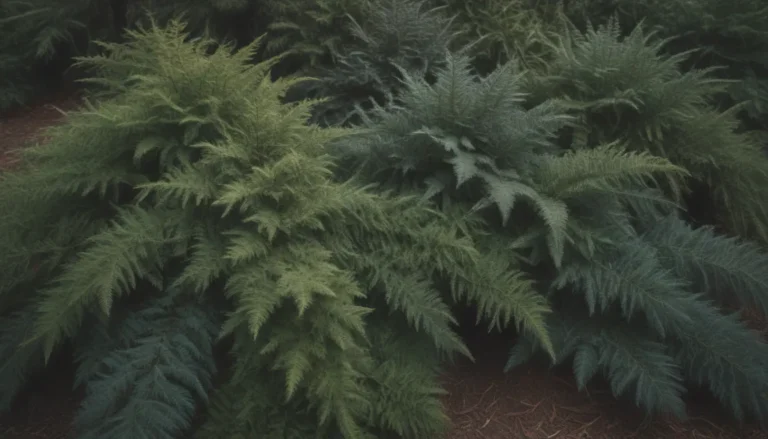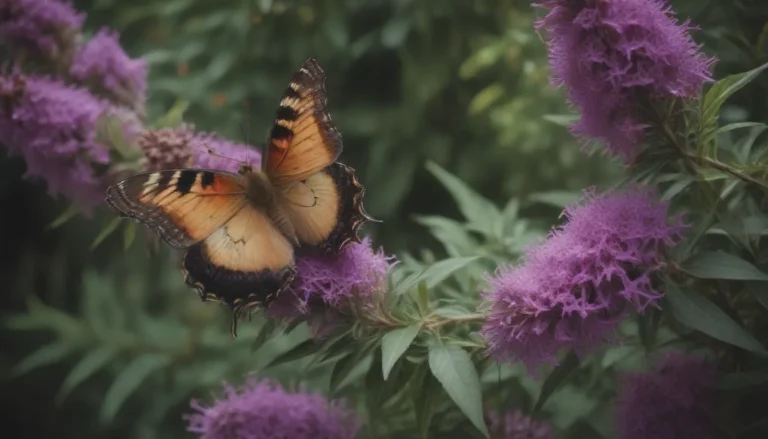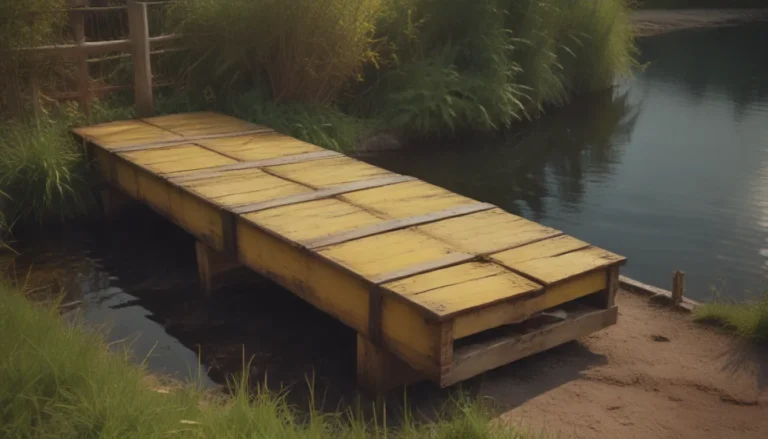Comprehensive Guide on Growing and Caring for Texas Mountain Laurel

Are you a plant enthusiast looking to add a unique and beautiful shrub to your garden? Look no further than the Texas Mountain Laurel! In this comprehensive guide, we will explore everything you need to know about growing and caring for this striking plant.
Introduction to Texas Mountain Laurel
The Texas Mountain Laurel, scientifically known as Dermatophyllum secundiflorum (previously known as Sophora secundiflora), is a native flowering shrub found in Mexico and the southwestern United States. It’s important not to confuse this plant with Kalmia latifolia, commonly known as mountain laurel. It goes by various other names such as Texas mescal bean, coral bean, hot bean, frijolillo, and frijolito.
During its blooming season, Texas Mountain Laurel bursts into vibrant, brightly-colored flowers that exhibit shades of lavender, periwinkle, and purple. These flowers emit a delightful scent often likened to grape Kool-Aid or the fragrance of heirloom German irises. With its wisteria-like flower panicles, this shrub adds a touch of elegance to any garden.
Characteristics of Texas Mountain Laurel
Let’s delve deeper into the characteristics that make the Texas Mountain Laurel a remarkable addition to your landscape:
- Evergreen nature: This shrub retains its attractive appearance throughout all four seasons.
- Leaf texture: The slender oval leaves boast a smooth, leathery texture.
- Growth potential: While typically grown as a large shrub, it can be pruned to resemble a small tree of up to 20 feet in height.
- Native resilience: Texas Mountain Laurel is adept at thriving in challenging conditions like clay soil and drought.
- Toxicity warning: It’s essential to note that all parts of this plant, including seeds, flowers, and leaves, are toxic to both humans and animals.
Texas Mountain Laurel Care Tips
Now, let’s discuss the essential care tips for cultivating a healthy and flourishing Texas Mountain Laurel in your garden:
Light Requirements
- Texas Mountain Laurel thrives in well-lit conditions but can also tolerate partial shade. If planting in a partially shaded area, ensure it receives ample afternoon sunlight.
Soil Needs
- While adaptable to various soil types, this shrub prospers in well-draining soils. Avoid excessively rich soils that may lead to rapid growth and weak branches.
Watering Guidelines
- Texas Mountain Laurel is drought-tolerant, making it an ideal choice for low-water gardens. Be cautious not to overwater, as it can result in overly fast growth and weak branch development.
Temperature and Humidity
- This plant can withstand hot summers and bright sunlight, making it suitable for arid or desert climates. Excessive humidity may hinder its vigor, so ensure a well-ventilated environment.
Types of Texas Mountain Laurel Varieties
While there are limited cultivars available, some experimentation is currently being conducted with a silver-leafed variant called ‘Silver Peso.’ This variation is purportedly more resistant to caterpillar damage. Additionally, white-flowering cultivars are also accessible in certain regions. Consult your local nursery for information on available cultivars.
Pruning Techniques for Texas Mountain Laurel
Pruning plays a crucial role in shaping a healthy Texas Mountain Laurel plant:
- Prune the shrub during its early stages to foster robust branch development and a pleasing shape.
- Once mature, prune only to eliminate damaged branches and maintain the desired form and height.
- You can mold it into a shrub or small tree shape, with careful attention to pruning techniques to prevent structural damage.
Propagating Texas Mountain Laurel
While propagating from cuttings is challenging due to its slow growth rate, you can attempt seed propagation for a rewarding gardening experience:
- Collect seeds from green pods with pale pink seeds, which mature to a red hue.
- Scarify seeds by lightly scratching the surface with sandpaper to facilitate germination.
- Plant in suitable containers or directly in the garden within specified growing zones. Monitor daily watering for optimal growth.
Common Pests and Diseases
Stay vigilant for potential pests and diseases that may affect your Texas Mountain Laurel:
- The genista broom moth may occasionally target young shrubs, causing superficial leaf damage. Use Bacillus thuringiensis or manual removal techniques to address this issue.
- Avoid over-fertilization, which can lead to caterpillar infestations. This slow-growing shrub thrives best without excessive fertilization.
In conclusion, Texas Mountain Laurel is a resilient and visually appealing shrub that can enhance the beauty of any garden. By following these care tips, you can cultivate a thriving Texas Mountain Laurel in your own outdoor space. Happy gardening!





